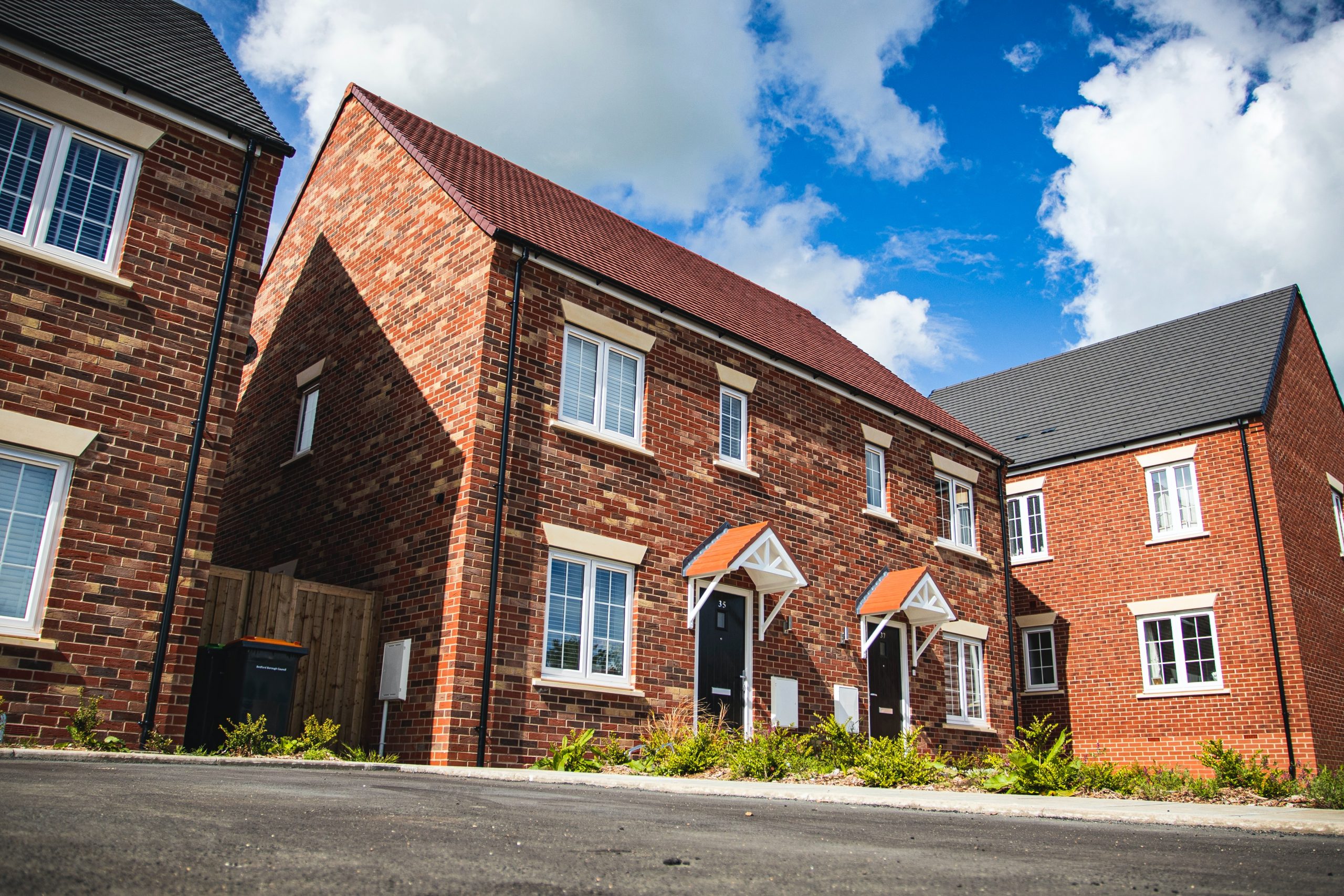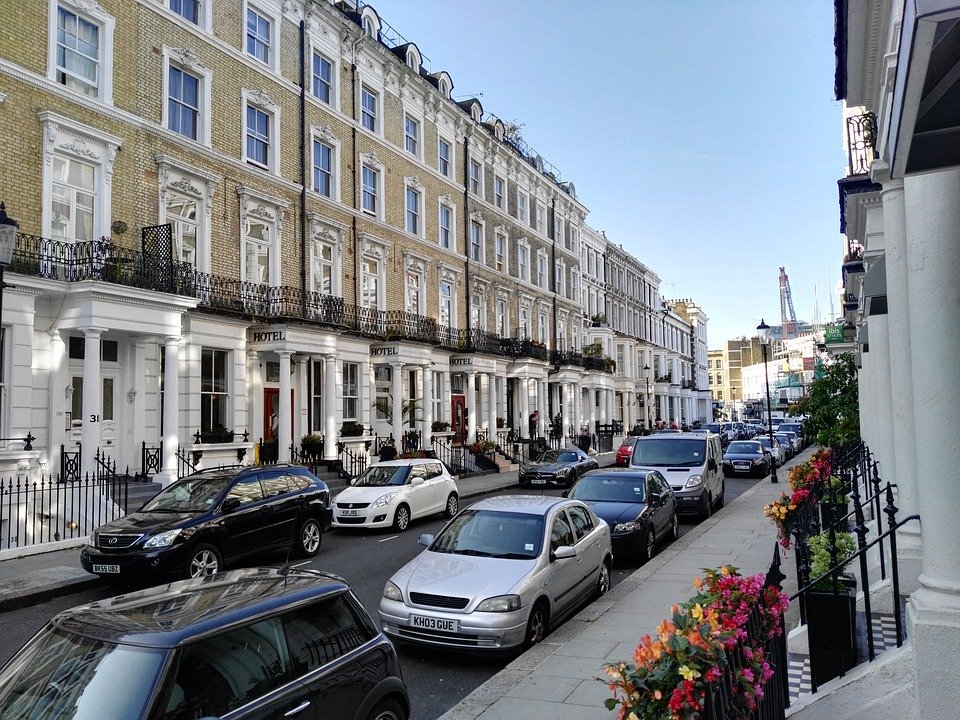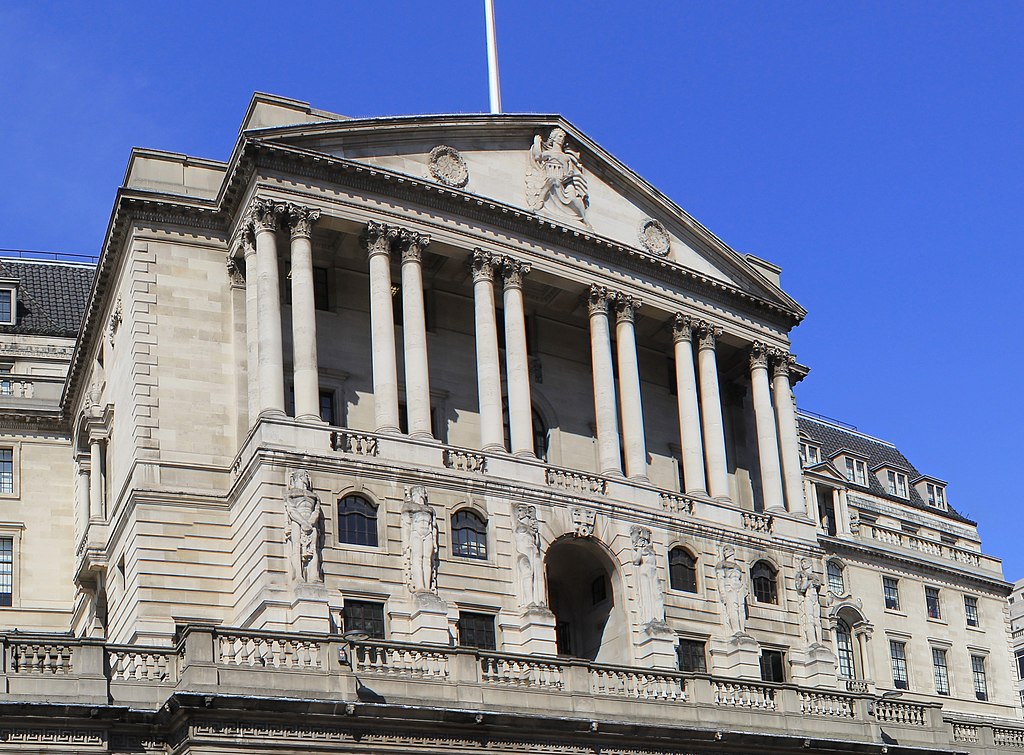Residential property prices in some parts of Britain have continued to increase strongly over the past year despite the wider housing market slowdown, according to Halifax.
More than 300 local authority areas across Britain were analysed during Q3 2023 based on Halifax’s house price index.
This was compared with Halifax’s house price data covering the corresponding period last year.
The study revealed that house prices rose in more than 70 areas, led by gains in the Brecon Beacons, Powys, in Wales, where house prices rose by an average of 17.4% year-on-year.
Kim Kinnaird, director at Halifax Mortgages, said: “There are multiple factors which can impact house prices in your local area, ranging from the mix of properties available and the extent of any new housing, to the quality of schools and abundance of job opportunities.
“What’s clear is that the UK housing market is not a single entity that performs in a uniform way across the country, there are differences. While at a national level the current squeeze on mortgage affordability has seen property prices fall over the last year, in many regions there remain pockets of house price growth. While a limited supply of properties for sale could be a factor, this also suggests in some areas, local market activity – and demand among buyers – remains strong.
“Many of the places highlighted in our research also benefit from more remote or rural surroundings and incorporate areas of outstanding natural beauty. These are traits which continue to be desirable for prospective homeowners, bucking the trend of the wider performance of the housing market.”
Contact us today to speak with a specialist Commercial Finance Broker to discuss how we can assist you.
Here are the top 10 local areas of Britain with the strongest house price growth over the past year, according to Halifax:
- Powys, Wales, £216,307, £253,958, +17.4%, or £37,651
- East Lindsey, East Midlands, £194,533, £220,421, +13.3%, or £25,888
- Moray, Scotland, £162,258, £179,606, +10.7%, or £17,347
- Babergh, Eastern England, £317,383, £349,965, +10.3%, or £32,583
- Sunderland, North East, £138,579, £150,862, +8.9%, or £12,283
- Ealing, London, £494,100, £531,127, +7.5%, or £37,027
- Westminster/City of London, London, £714,242, £767,350, +7.4%, or £53,108
- Bolsover, East Midlands, £167,398, £179,453, +7.2%, or £12,054
=9. Cumberland, North West, £165,346, £176,470, + 6.7%, or £11,124
=9. Rossendale, North West, £185,658, £198,102, + 6.7%, or £12,444
Here are the local areas with the strongest house price inflation in Scotland, Wales and the English regions over the past year, according to Halifax:
– East Lindsey, East Midlands, £194,533, £220,421, + 13.3%, or £25,888
– Babergh, Eastern England, £317,383, £349,965, + 10.3%, or £32,583
– Ealing, London, £494,100, £531,127, + 7.5%, or £37,027
– Sunderland, North East, £138,579, £150,862, + 8.9%, or £12,283
– Cumberland, North West, £165,346, £176,470, + 6.7%, or £11,124
– Moray, Scotland, £162,258, £179,606, + 10.7%, or £17,347
– Runnymede, South East, £439,825, £462,301, + 5.1%, or £22,476
– Torridge/West Devon, South West, £295,521, £306,436, + 3.7%, or £10,915
– Powys, Wales, £216,307, £253,958, + 17.4%, or £37,651
– Sandwell, West Midlands, £178,755, £185,798, + 3.9%, or £7,043
– Kingston-upon-Hull, Yorkshire and the Humber, £121,289, £127,523, + 5.1%, or £6,234
Read about the UK Housing Market via our Specialist Residential & Buy to Let Division
Commenting on the data, Tom Bill, head of UK residential research at Knight Frank, said: “The UK is made up of tens of thousands of individual housing markets, which means price growth can also diverge between two areas in the same local authority.
“Broadly speaking, more affordable parts of the country are gradually closing the gap with London, where affordability is at its most stretched. The gap will get narrower without closing as buyers look beyond the capital for better value.
“The more important point for anyone interpreting house prices at the moment, is that fewer transactions can distort the data. The underlying health of the housing market is not necessarily gauged by what is happening to house prices but rather transaction volumes, which are down by more than a fifth.”
Nigel Bishop of Recoco Property Search, commented: “An increasing number of house hunters discover the upsides of rural living and favour areas that not only sit within close proximity of parks but also offer a community feel and an array of lifestyle choices.
“It’s particularly city dwellers as well as young families, who wish to raise their children in a more quaint environment, that are driving this demand for properties in a more rural setting. Boutique towns and villages with restaurants, cafés, entertainment as well as sporting facilities are especially sought-after which has resulted in property prices in such locations to go up.”
Jeremy Leaf, north London estate agent, added: “These numbers are interesting because they show the pattern of values in different areas and how markets are not the same. There is no real substitute for studying the market and area you are interested in carefully because it may well be in front of ,or behind, the national average or pattern.
“The market is made up of many different micro markets, producing different results, which is why it is so important to do the groundwork. A national average figure should be relied upon as a guide only.
“In any event, we tend to be a bit too fixated on prices. There are other factors also worth taking into consideration such as transaction numbers, discount to asking price and time on the market, as well as supply and demand. From neighbourhood to neighbourhood the picture can alter significantly.”
By Marc Da Silva
Source: Property Industry Eye









